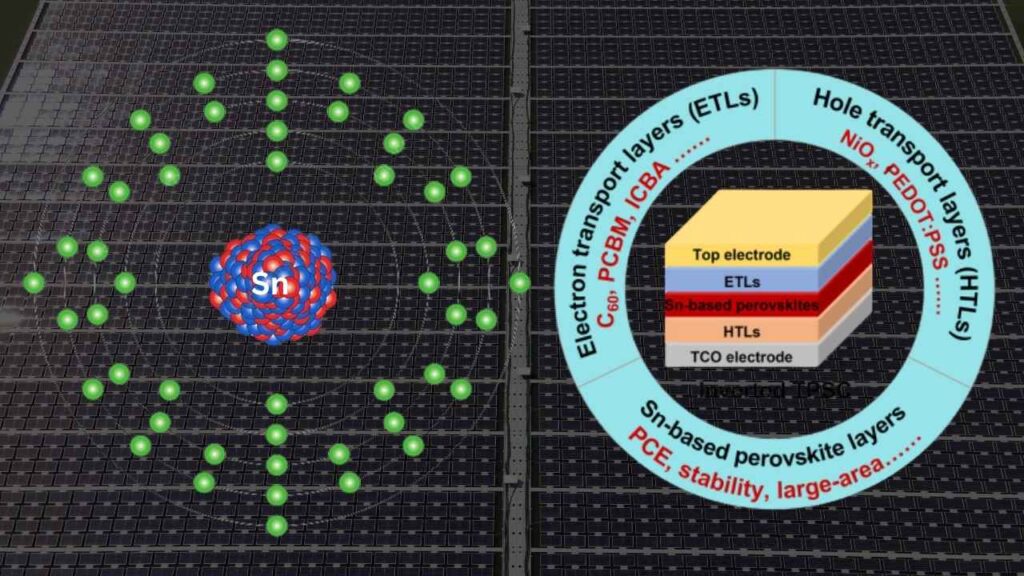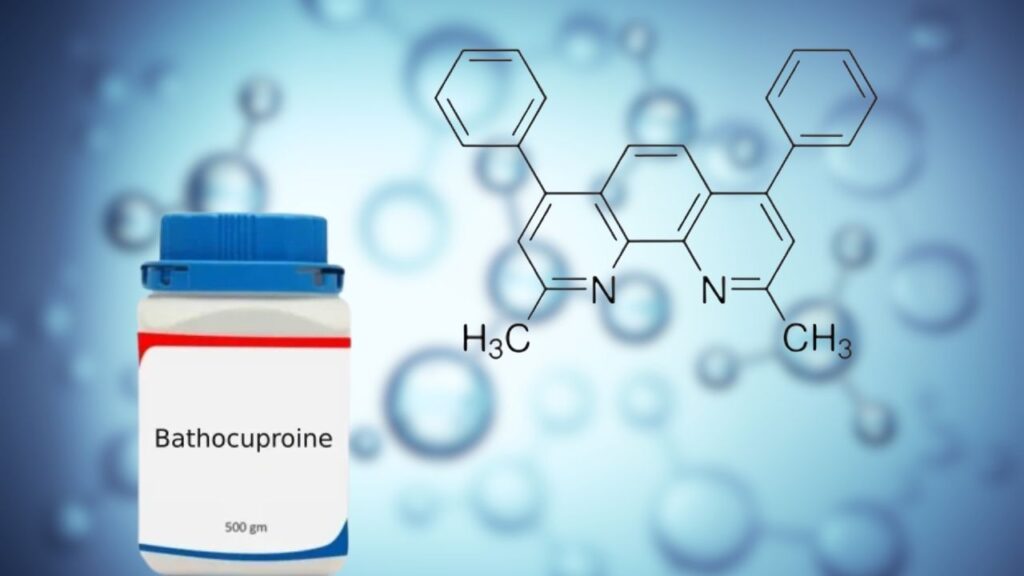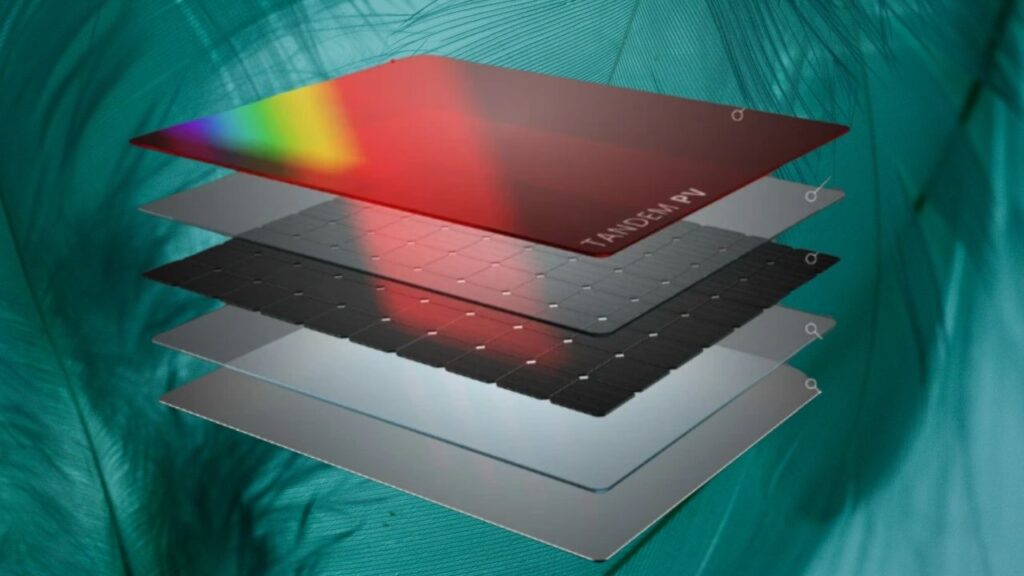Tin-Based Pb-Free Perovskite Solar Cells: Tin-based Pb-free perovskite solar cells just hit a major milestone: 16.65% efficiency and over 1,500 hours of stability. If you’re into solar tech, green energy, or just want the lowdown on the next big thing in clean power, you’re in the right place.

These new solar cells aren’t just science fair projects—they’re a legit step forward in making solar energy safer, cheaper, and more sustainable. Let’s unpack what this means for you, the planet, and the future of energy.
Tin-Based Pb-Free Perovskite Solar Cells
| Feature | Details |
|---|---|
| Cell Type | Tin-based, lead-free perovskite solar cell |
| Efficiency | 16.65% (certified) |
| Stability | 1,500+ hours under continuous illumination |
| Environmental Impact | No toxic lead, safer for people and planet |
| Career Impact | Opens new jobs in green tech, R&D, manufacturing |
| Official Resource | University of Queensland Solar Research |
The news that tin-based Pb-free perovskite solar cells hit 16.65% efficiency with 1,500-hour stability is a game-changer for the solar industry. It means safer, greener, and more affordable solar energy is on the horizon. Whether you’re a homeowner, student, or professional, this breakthrough opens new doors for clean energy and green careers. Stay tuned—solar’s future just got a whole lot brighter.
What Are Tin-Based Pb-Free Perovskite Solar Cells?
Let’s start with the basics. Perovskite solar cells are a new type of solar tech that’s been making waves because they’re cheaper and easier to make than traditional silicon panels. The catch? Most high-efficiency perovskites use lead (Pb), which is toxic. Not exactly what you want in your backyard or on your school roof.
Enter tin-based (Sn) perovskites. By swapping out lead for tin, researchers have created a solar cell that’s both eco-friendly and powerful. No more worrying about lead leaching into the soil or water—just clean, green energy.
Why Is 16.65% Efficiency a Big Deal?
If you’re not a solar expert, you might be wondering: “Is 16.65% even good?” Heck yes, it is! Here’s why:
- Most commercial silicon panels are around 18–22% efficient.
- Older tin-based perovskites struggled to get above 10–12% and had stability issues.
- This new record narrows the gap with silicon and blows past previous tin-based records.
In plain talk: We’re getting closer to solar panels that are just as good as the ones on your neighbor’s roof, but without the toxic baggage.
How Did Scientists Pull This Off?
The University of Queensland team used a 2D/3D tin halide perovskite (THP) heterostructure.

That’s a fancy way of saying they layered different types of perovskite materials to make a stronger, more stable solar cell.
Here’s the basic recipe:
- Start with a glass base coated in indium tin oxide (ITO)—this helps conduct electricity.
- Add a thin layer of PEDOT:PSS (a polymer that moves positive charges).
- Lay down the tin-based perovskite—the star of the show.
- Top it off with bathocuproine (BCP) and a silver contact for collecting the juice.

The result? A solar cell that not only hits 16.65% efficiency but also keeps working for over 1,500 hours under sunlight—without any fancy protective coating.
Why Does Stability Matter?
Imagine buying a phone that only works for a couple of months. Annoying, right? Same goes for solar panels. Stability means these new cells can actually last in the real world, powering your home, school, or business for years—not just in a lab.
1,500 hours is about two months of nonstop sunlight. While it’s not as long as silicon (which can last 20+ years), it’s a massive leap for tin-based perovskites. And remember, these tests were done without encapsulation (the protective layers used in real panels), so there’s room to improve.
Environmental and Health Benefits
Let’s keep it real: lead is nasty stuff. If a lead-based solar panel breaks, it can leach into the environment and cause serious health problems. That’s why tin-based, Pb-free perovskites are a game-changer.
- No toxic lead: Safer for families, schools, and the planet.
- Easier recycling: Less hazardous waste at the end of the panel’s life.
- Better for regulations: Meets stricter environmental laws popping up worldwide.
What Does This Mean for Careers and the Solar Industry?
This breakthrough isn’t just for scientists in lab coats. It’s opening doors for:
- Green tech jobs: Manufacturing, installation, and maintenance of new solar panels.
- Research and development: More funding and opportunities for scientists and engineers.
- Policy and advocacy: Pushing for safer, cleaner energy solutions in government and business.
If you’re thinking about a career in renewable energy, now’s a great time to jump in. The field’s growing fast, and innovations like this are driving demand for skilled workers—from PhDs to hands-on installers.
Practical Advice: How Can You Benefit?
For Homeowners and Businesses:
- Keep an eye on the market. Tin-based perovskite panels aren’t widely available yet, but they’re coming.
- Ask your solar provider about lead-free options.
- Support companies and policies that invest in green, safe solar tech.
For Students and Professionals:
- Study up on perovskite materials and solar cell design.
- Look for internships or research projects in renewable energy.
- Network with experts at conferences or online forums.
For Investors and Policymakers:
- Fund R&D in lead-free solar tech.
- Push for regulations that phase out toxic materials.
- Educate the public on the benefits of safer solar options.
Step-by-Step Guide: Understanding the Breakthrough
1. What Are Perovskite Solar Cells?

- A new type of solar cell made from materials with a perovskite crystal structure.
- Cheaper and easier to produce than traditional silicon cells.
2. Why Replace Lead With Tin?
- Lead is toxic; tin is much safer.
- Tin-based cells are better for people and the environment.
3. How Do They Work?
- Sunlight hits the perovskite layer, creating electricity.
- Layers above and below help move and collect that electricity efficiently.
4. What’s the Catch?
- Tin-based cells used to be less efficient and less stable.
- This new breakthrough solves both problems, bringing them closer to commercial reality.
5. What’s Next?
- More research to boost efficiency and stability even further.
- Scaling up production for real-world use.
Quantum Multimode Encoding Breakthrough Promises Higher Data Density and Efficiency
Experts Warn Quantum Cryptography May Not Be Fully Secure Yet
FAQs About Tin-Based Pb-Free Perovskite Solar Cells
Q: Are tin-based Pb-free perovskite solar cells available for purchase?
A: Not yet for most consumers, but companies and universities are working hard to bring them to market.
Q: How do they compare to regular silicon solar panels?
A: They’re catching up fast! While silicon panels are still more efficient and last longer, tin-based perovskites are safer and could soon be just as good.
Q: Why is lead such a big deal in solar panels?
A: Lead is highly toxic and can cause serious health and environmental problems if it leaks out.
Q: Can I recycle tin-based perovskite panels?
A: Yes! They’re easier and safer to recycle than lead-based versions.
Q: What’s the next big challenge for tin-based perovskites?
A: Making them last as long as silicon panels and scaling up production for the mass market.






